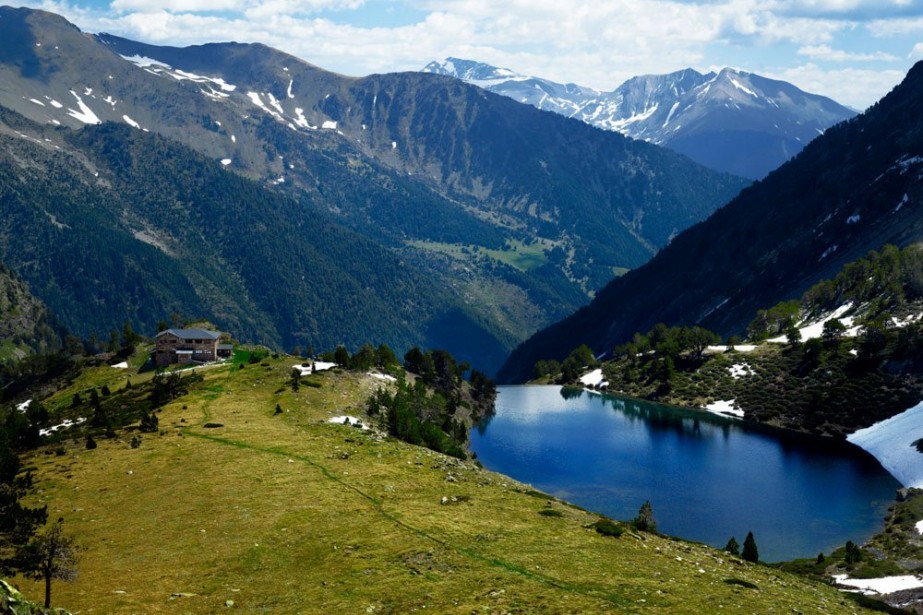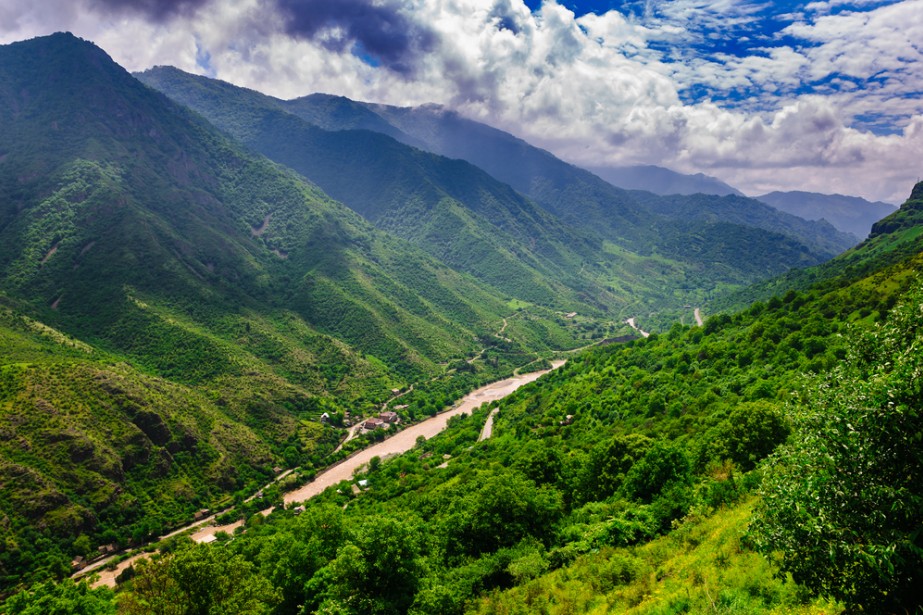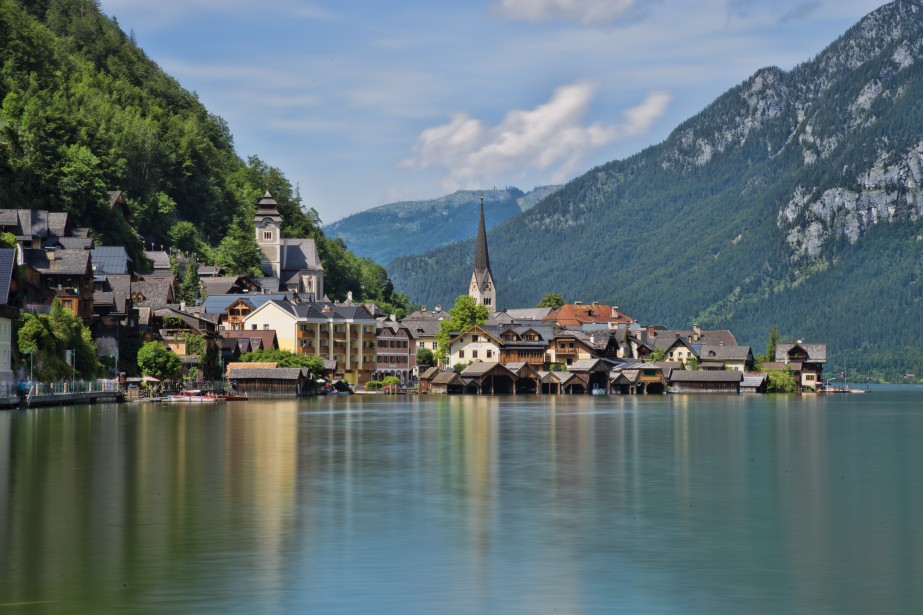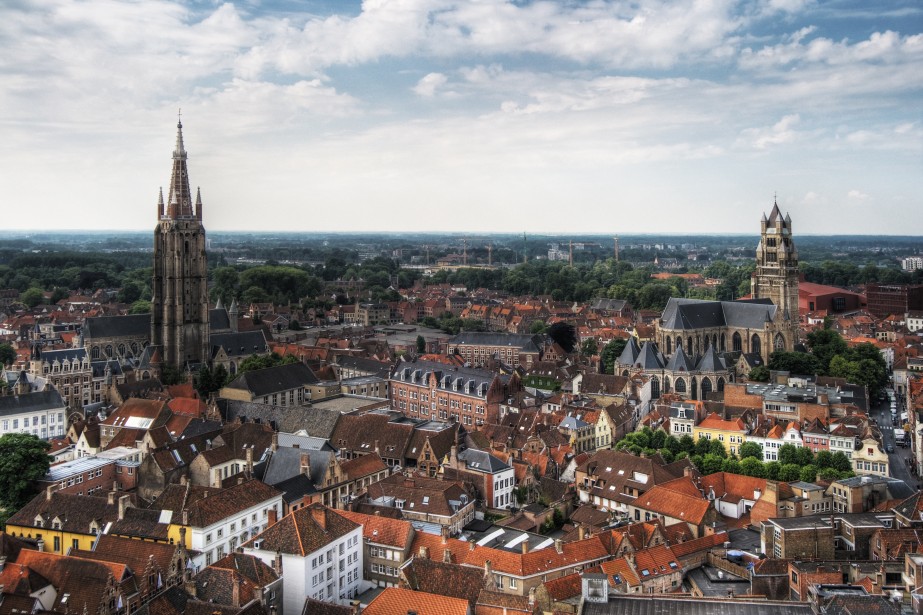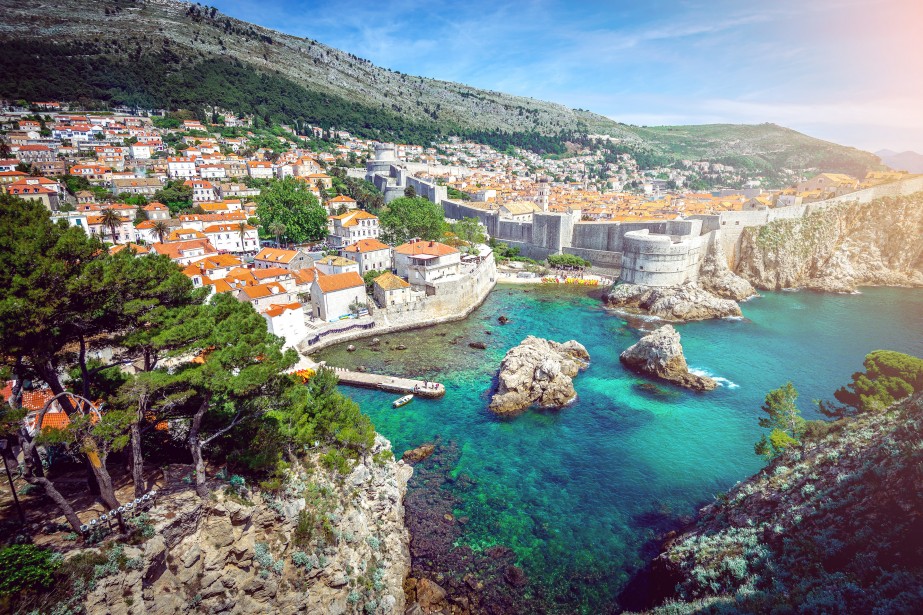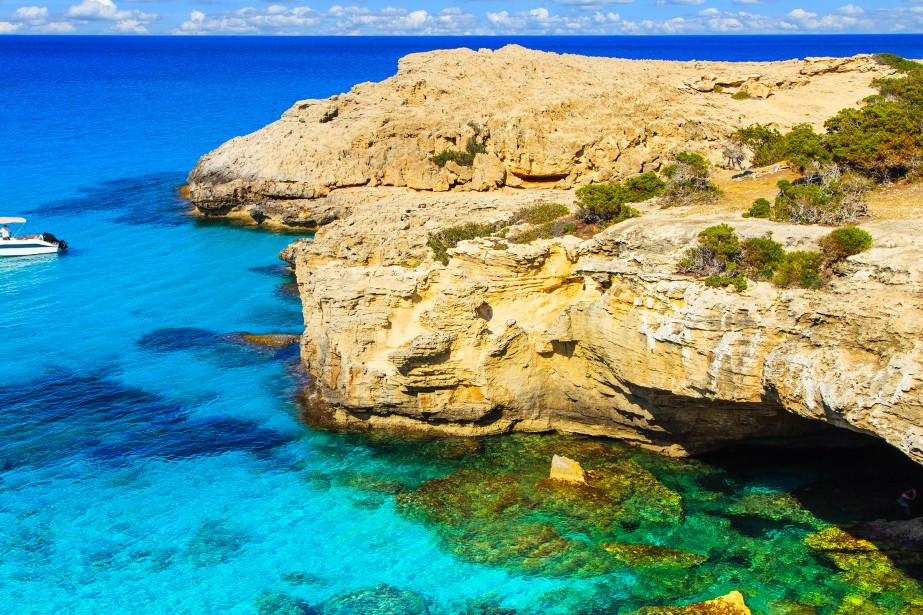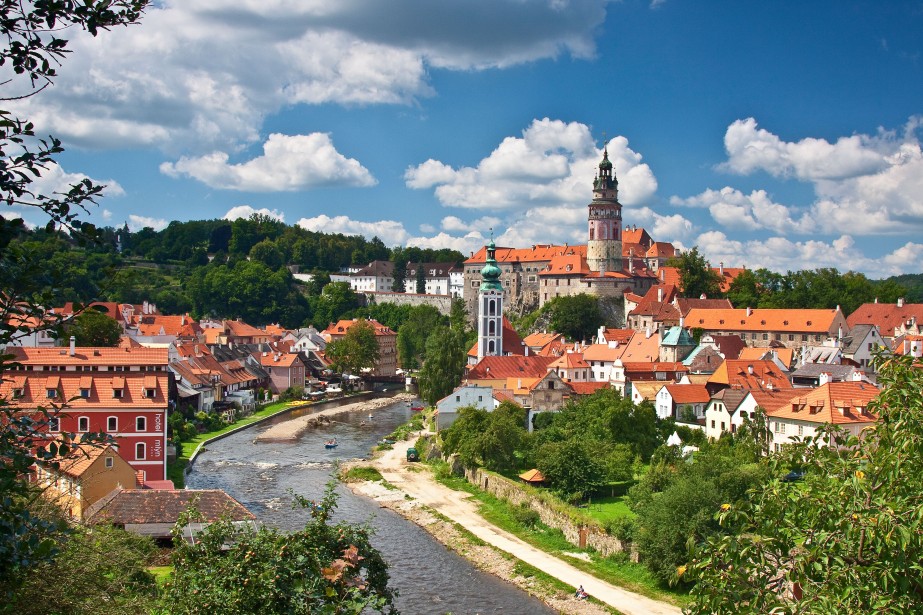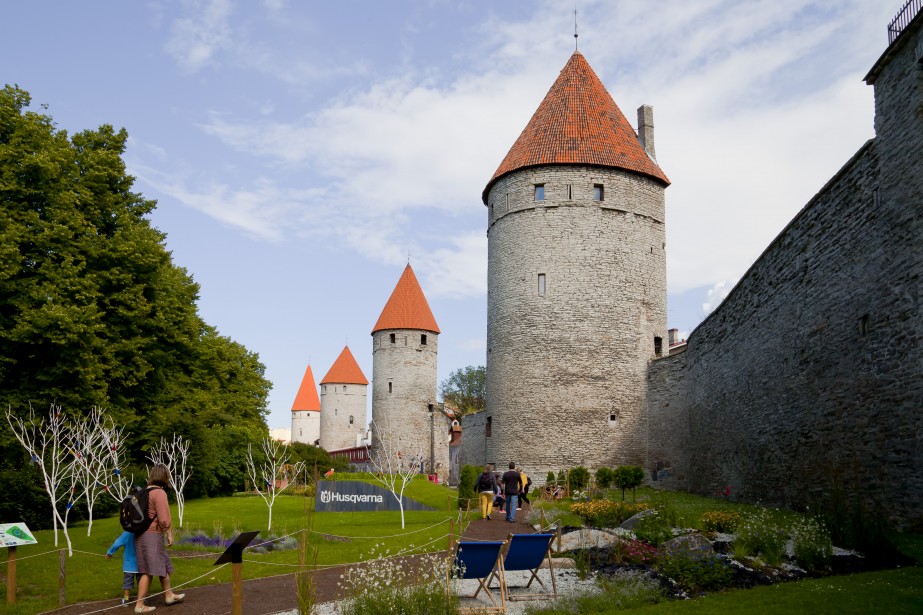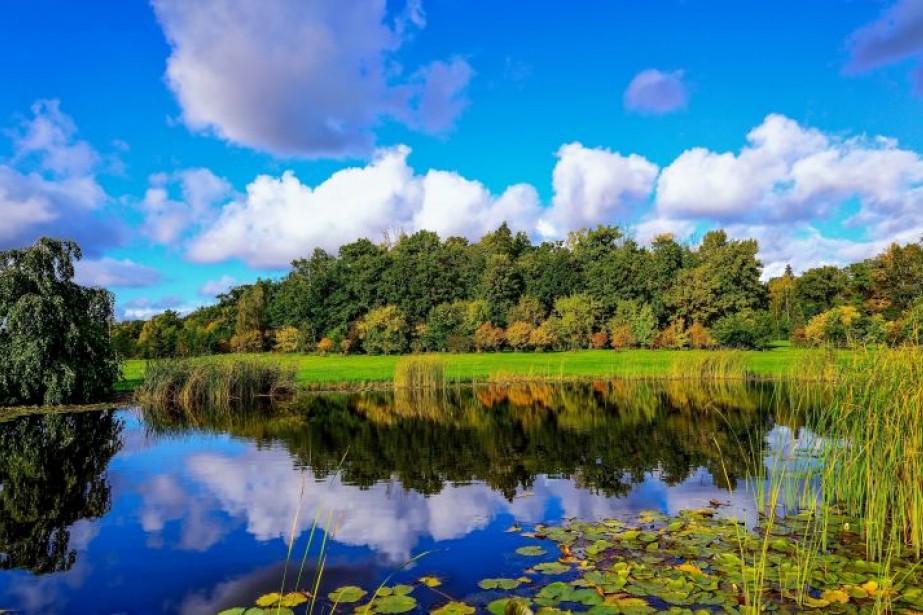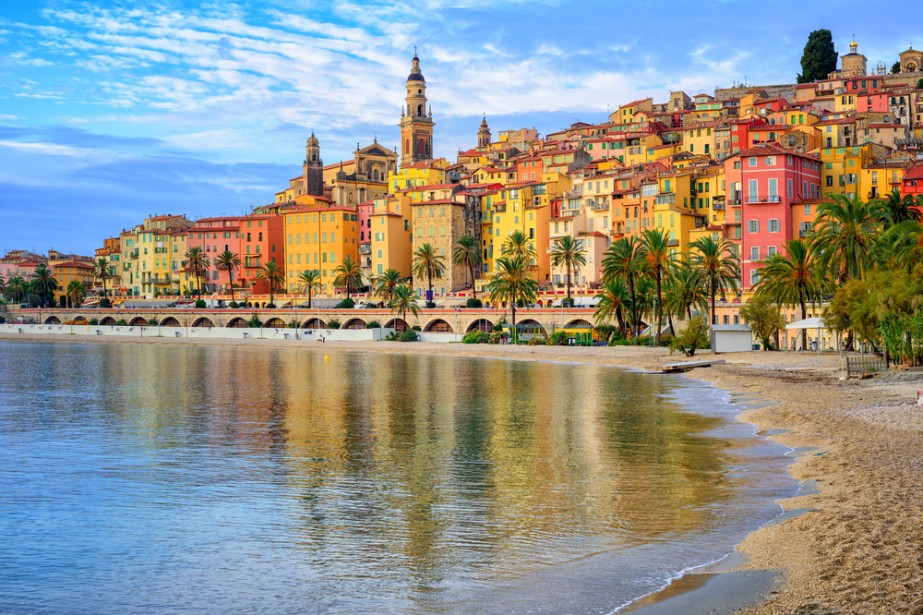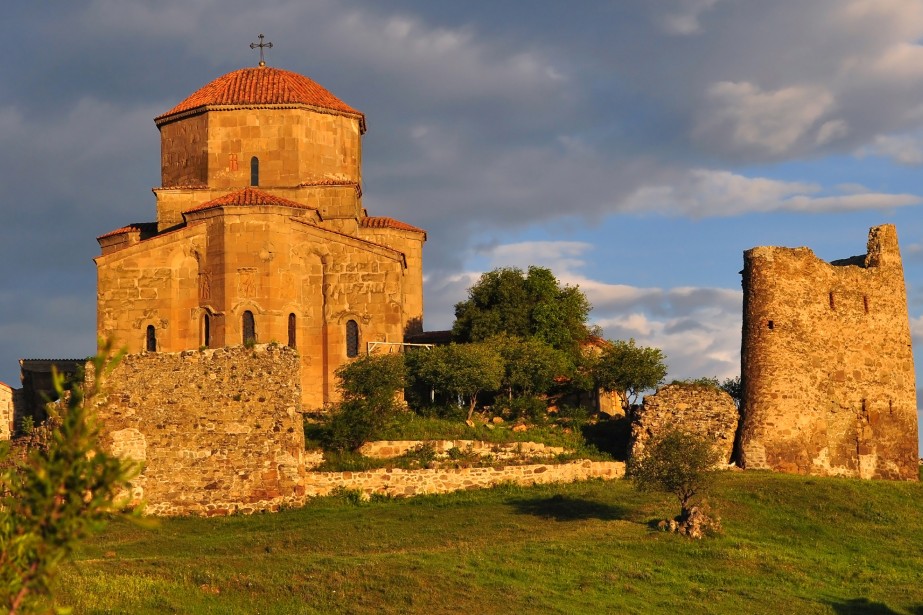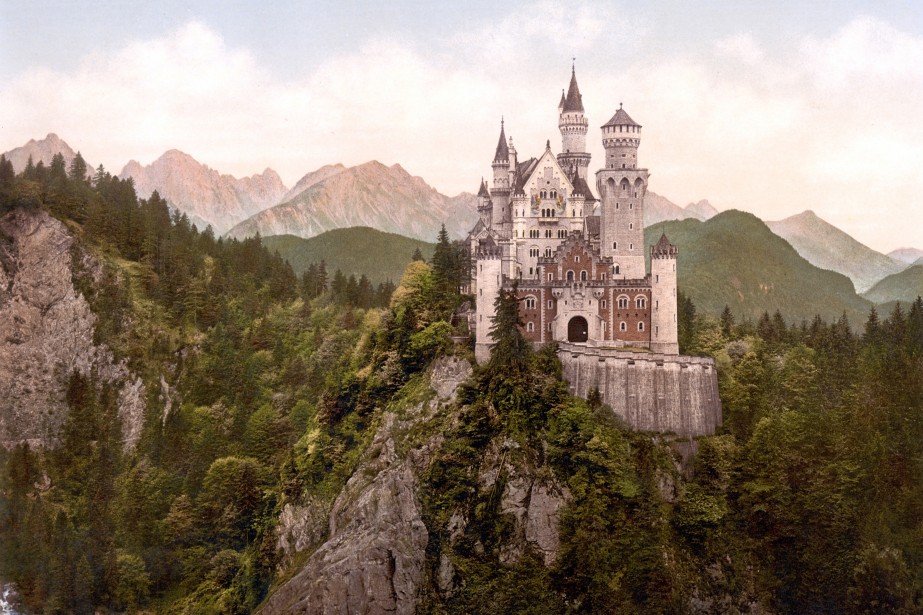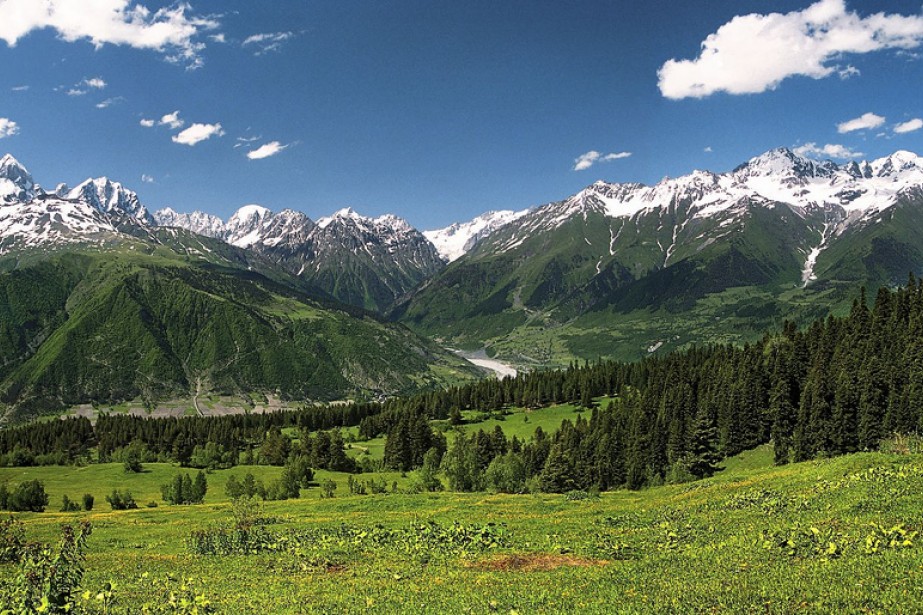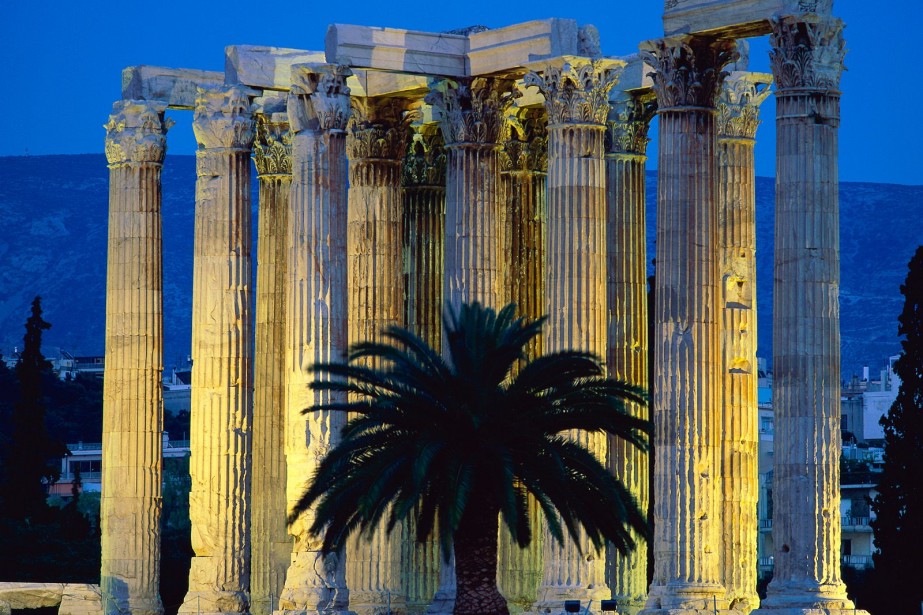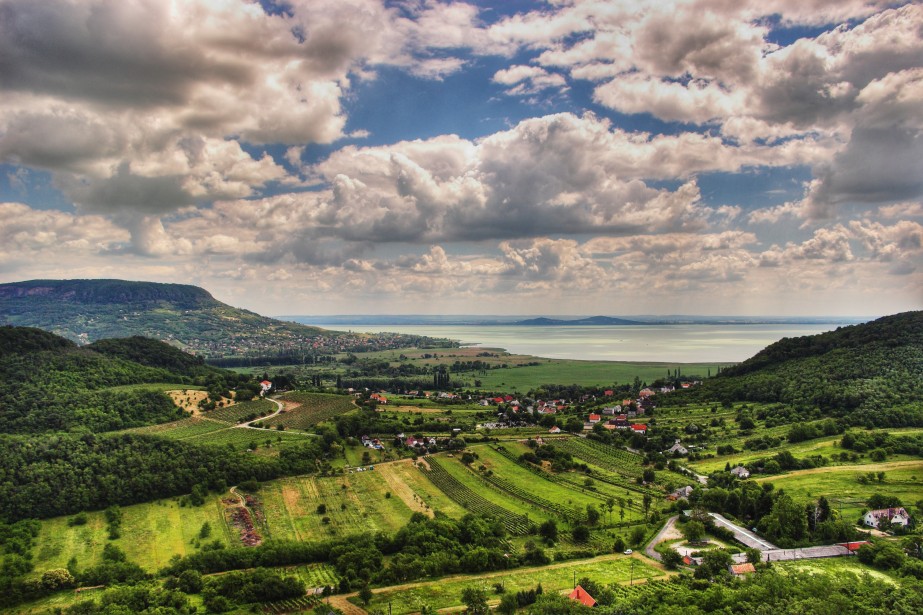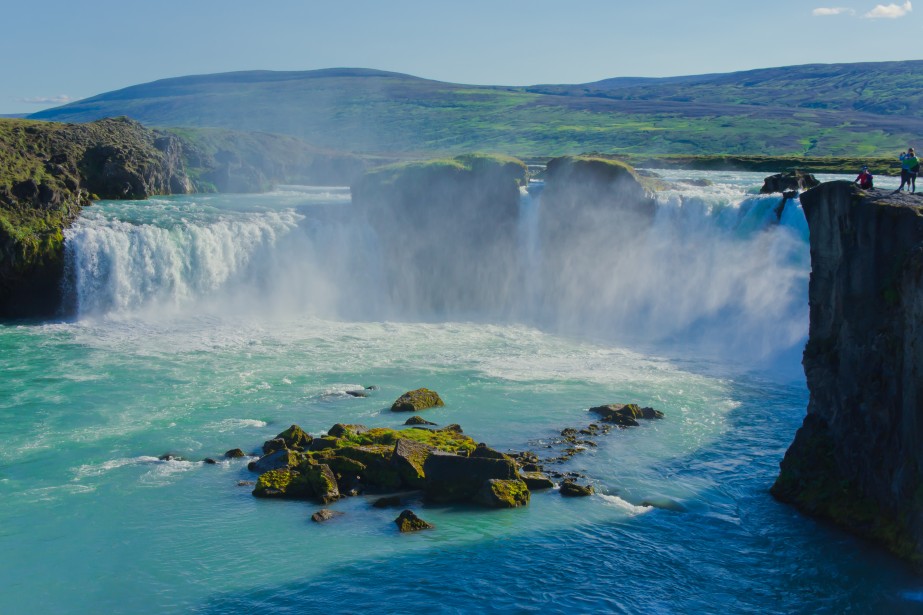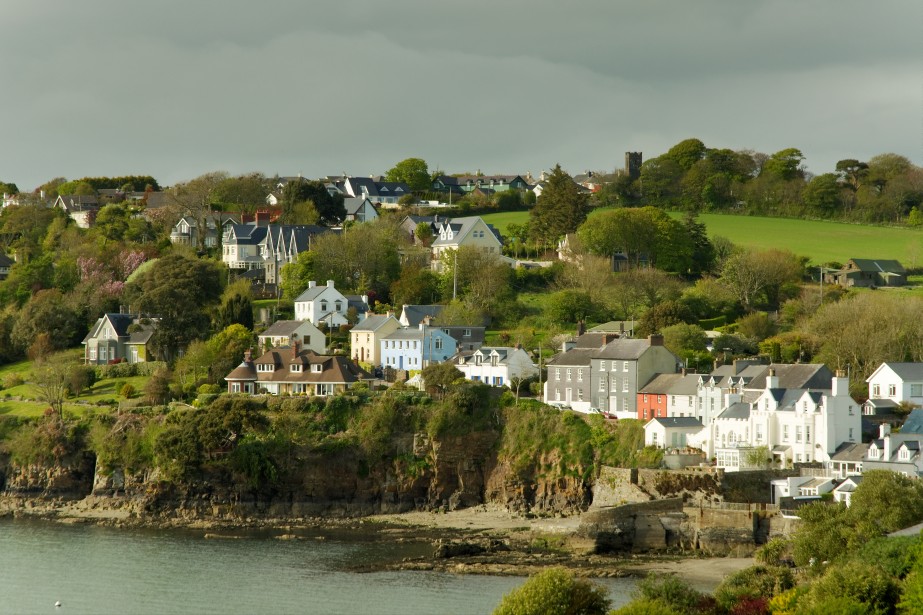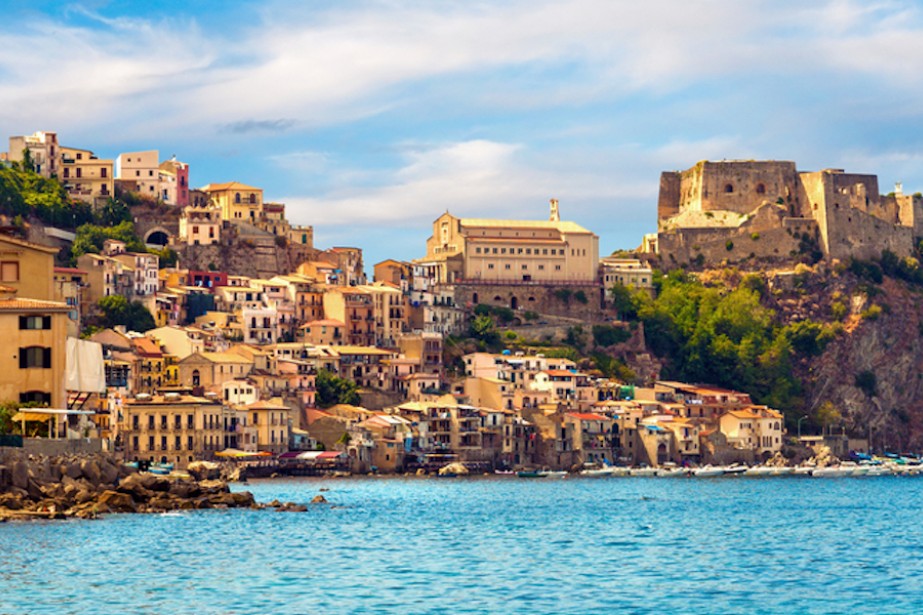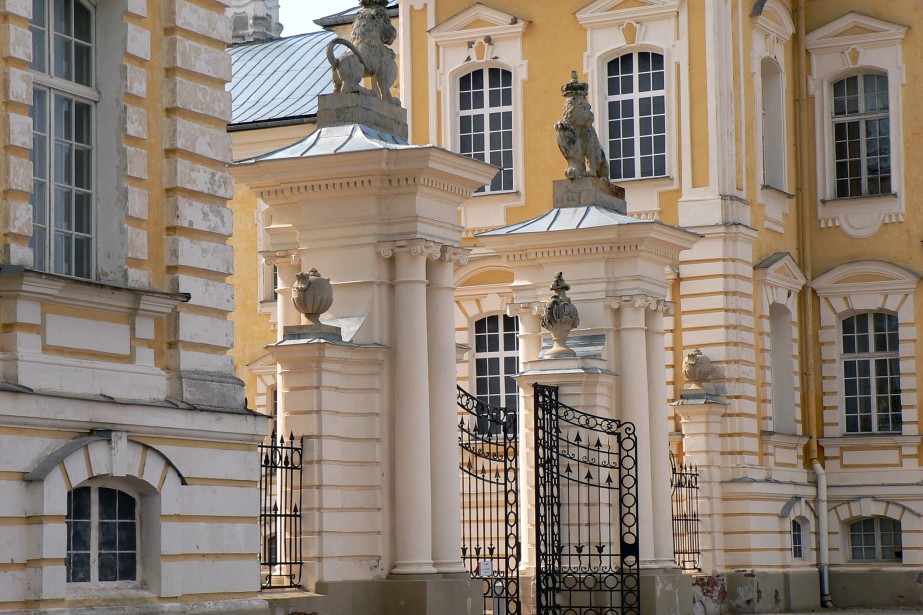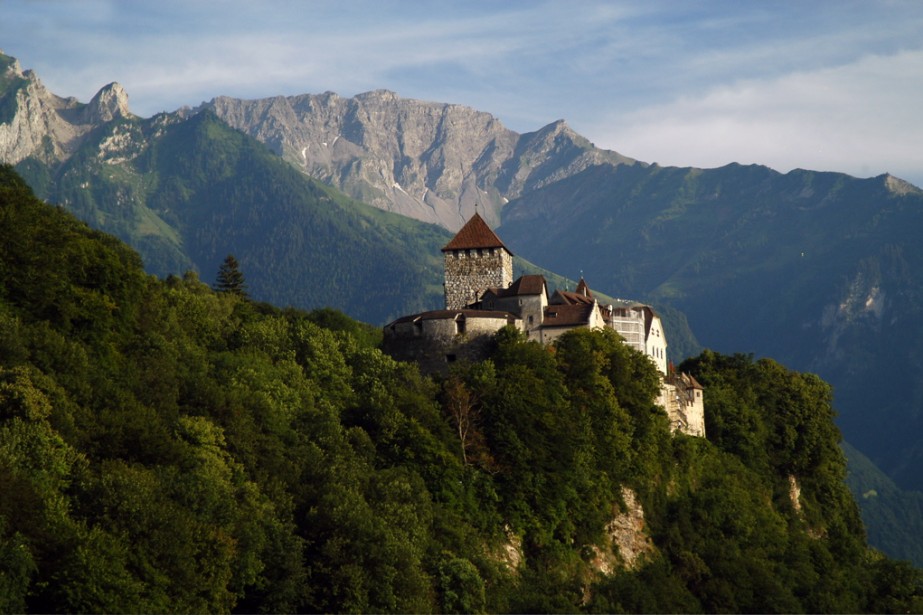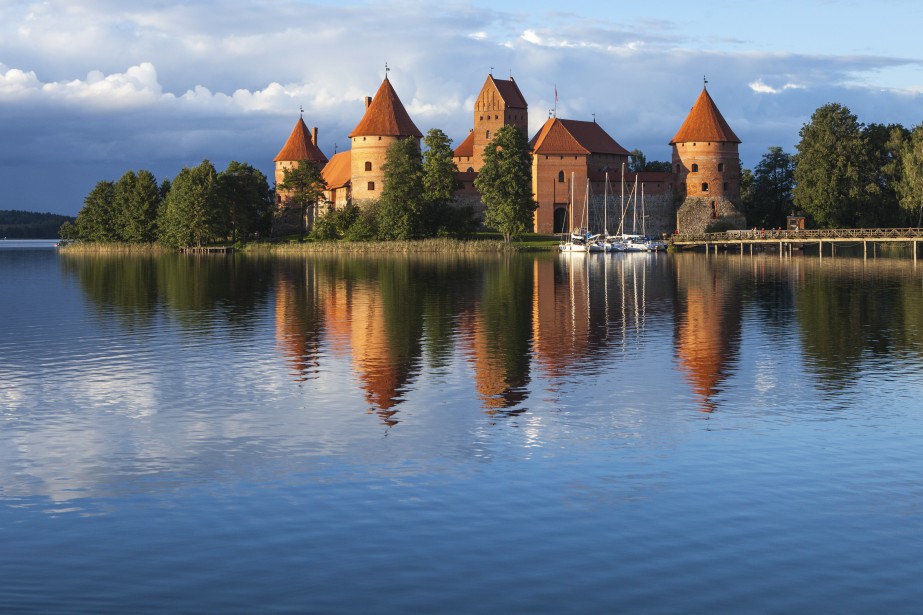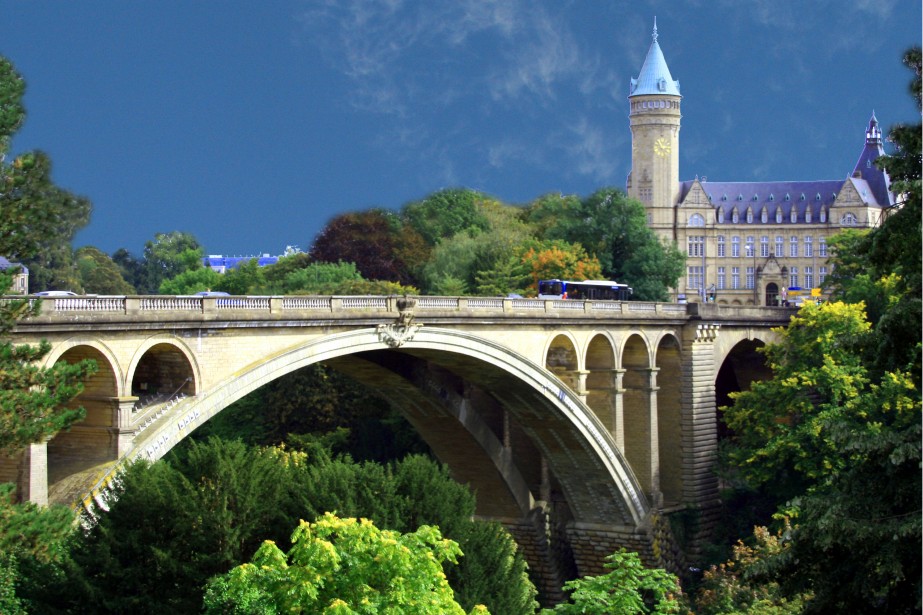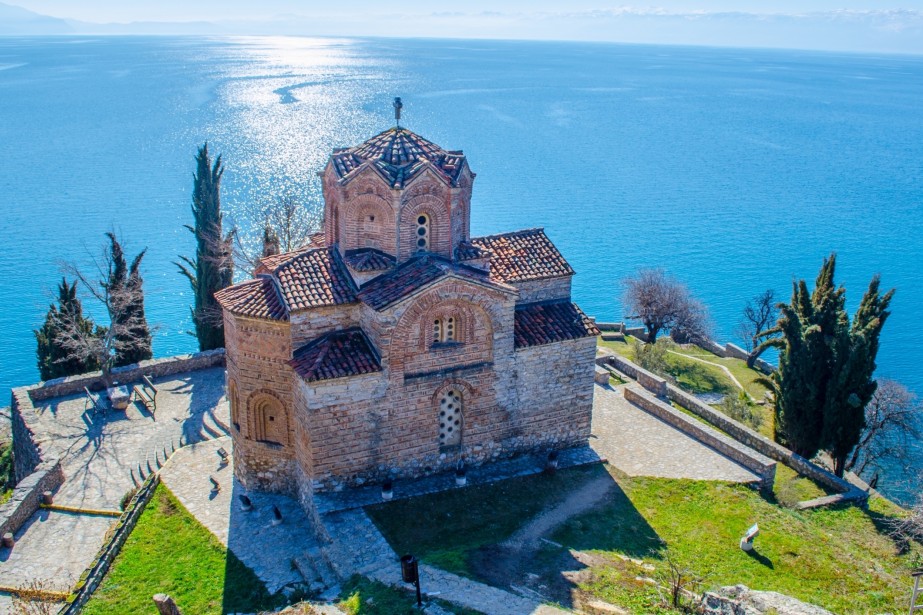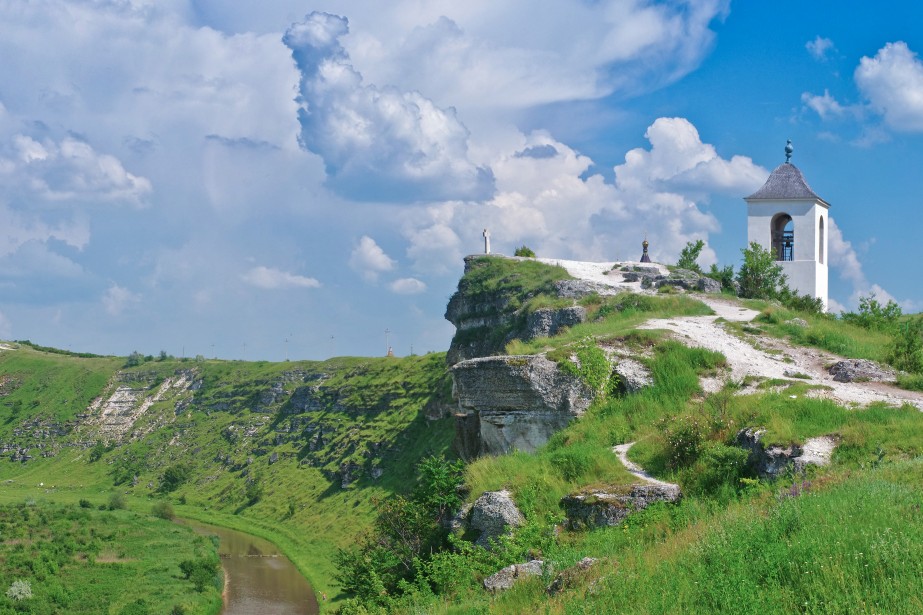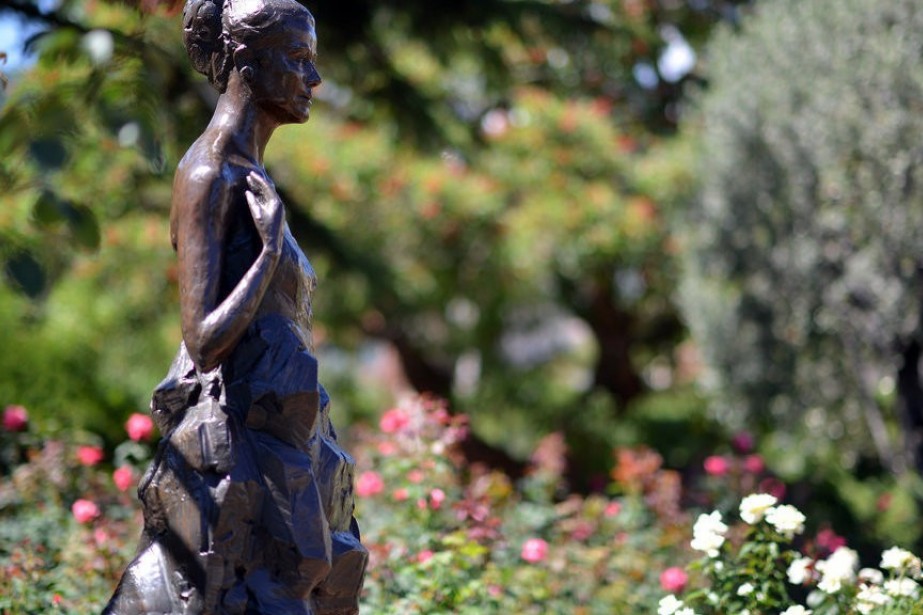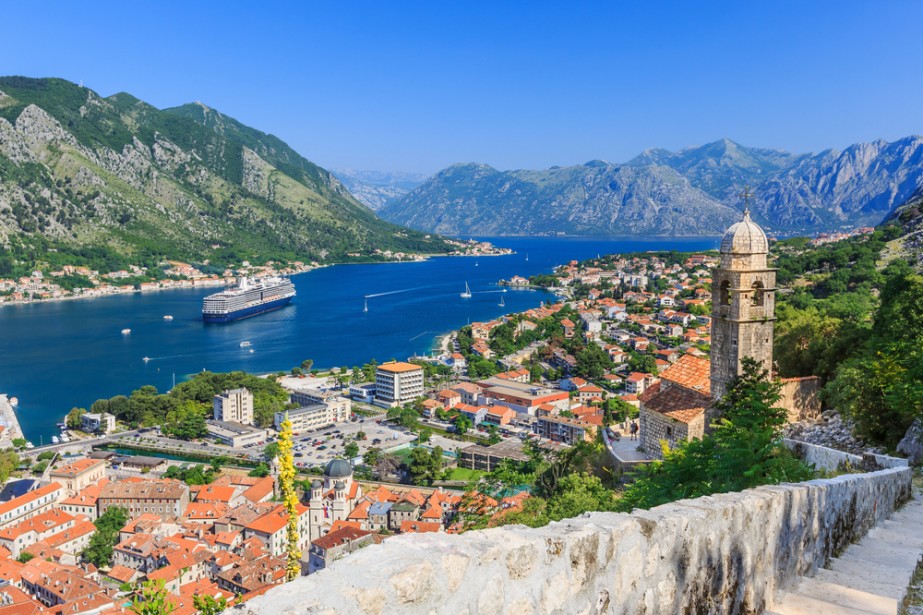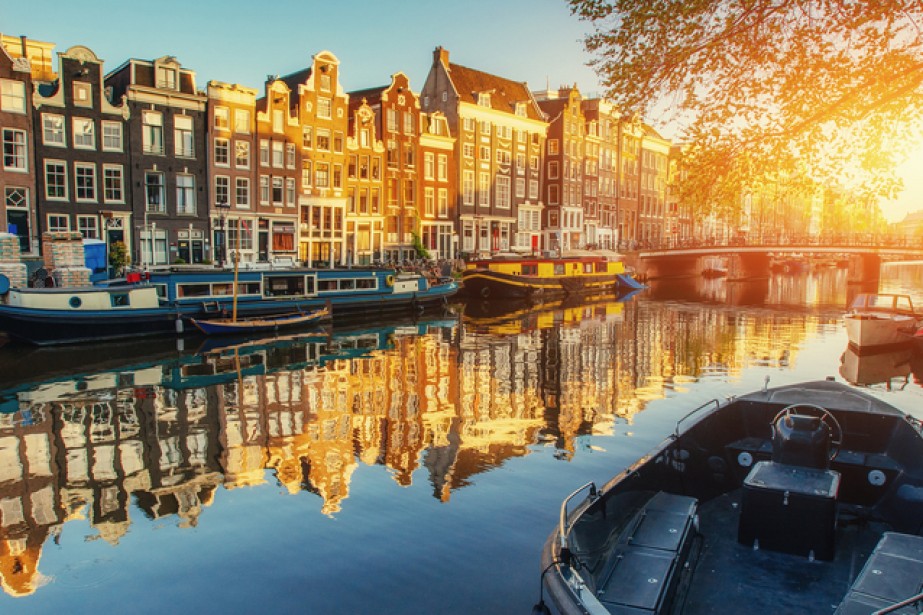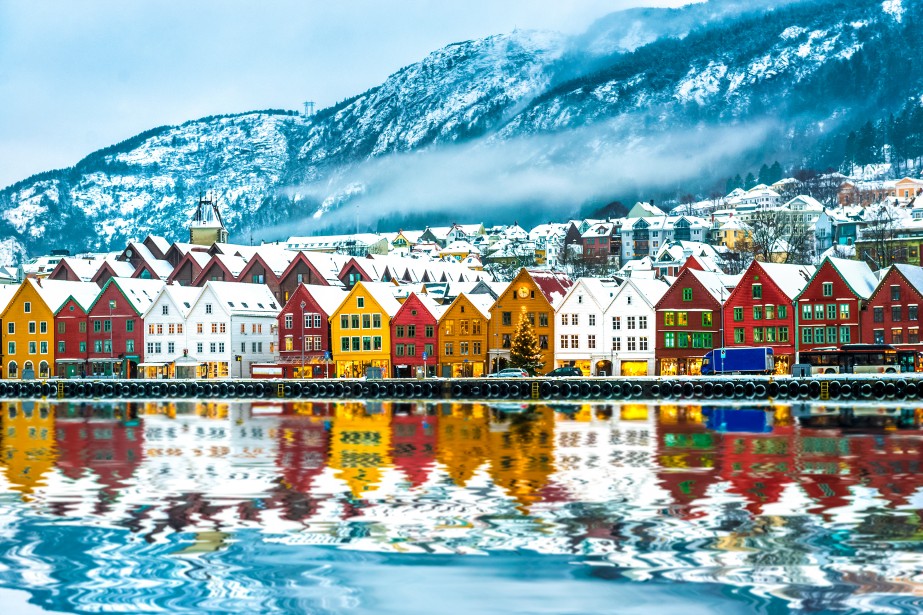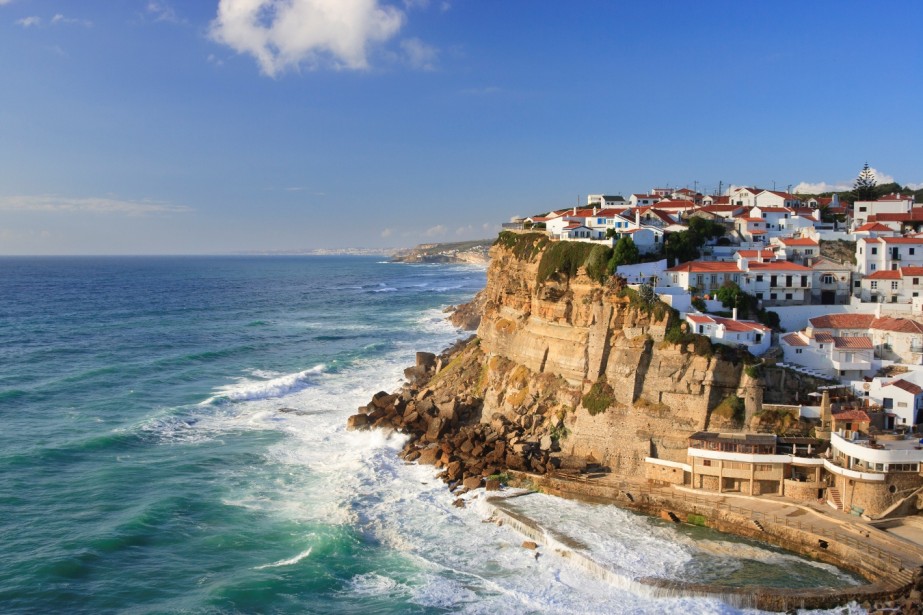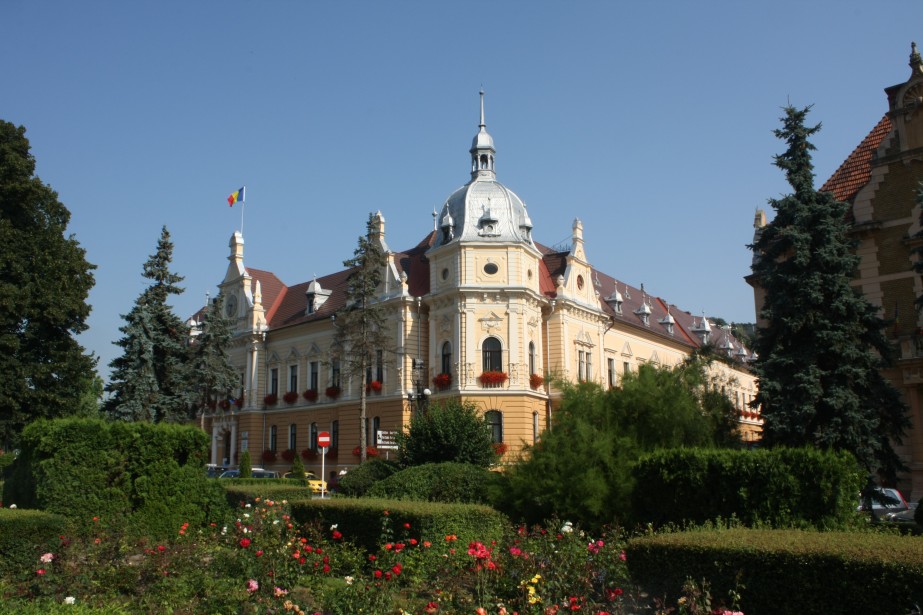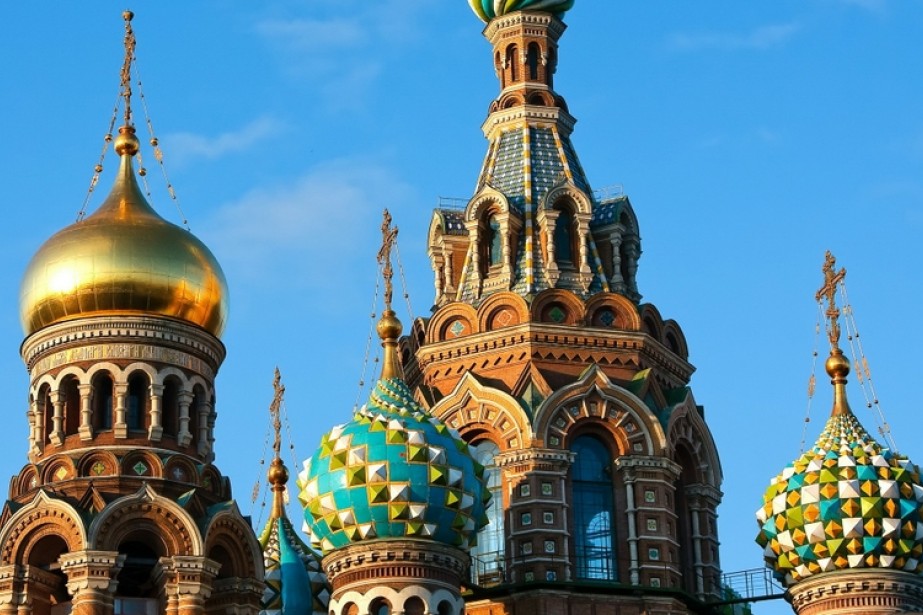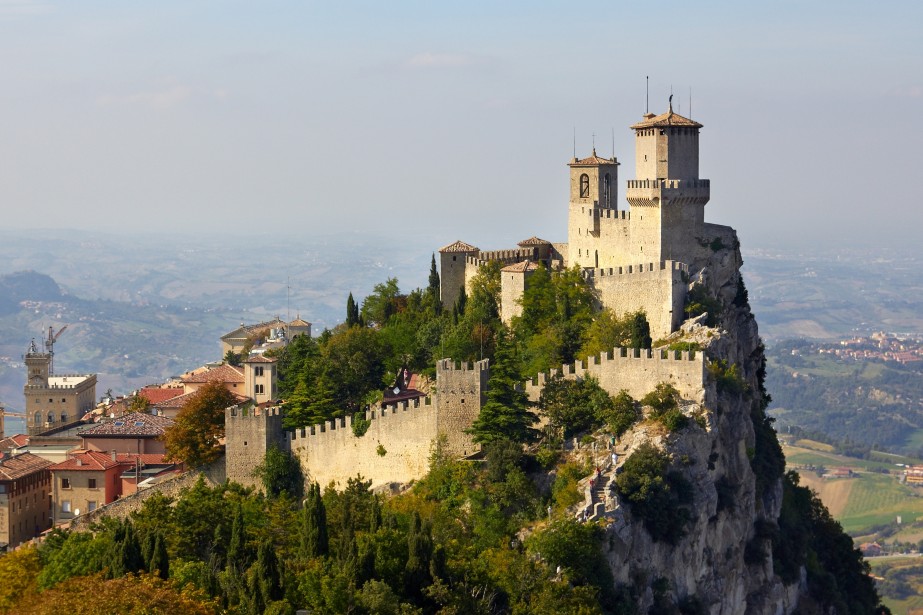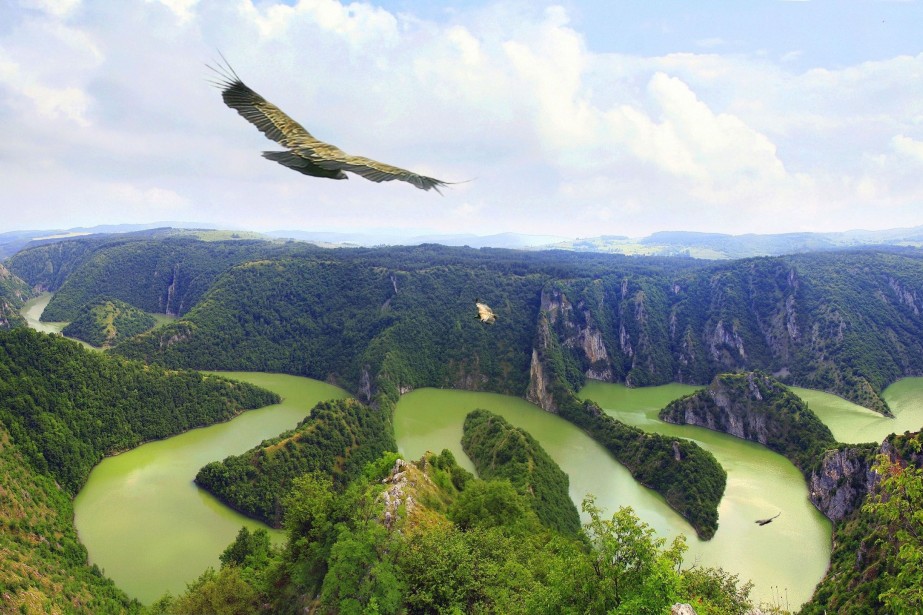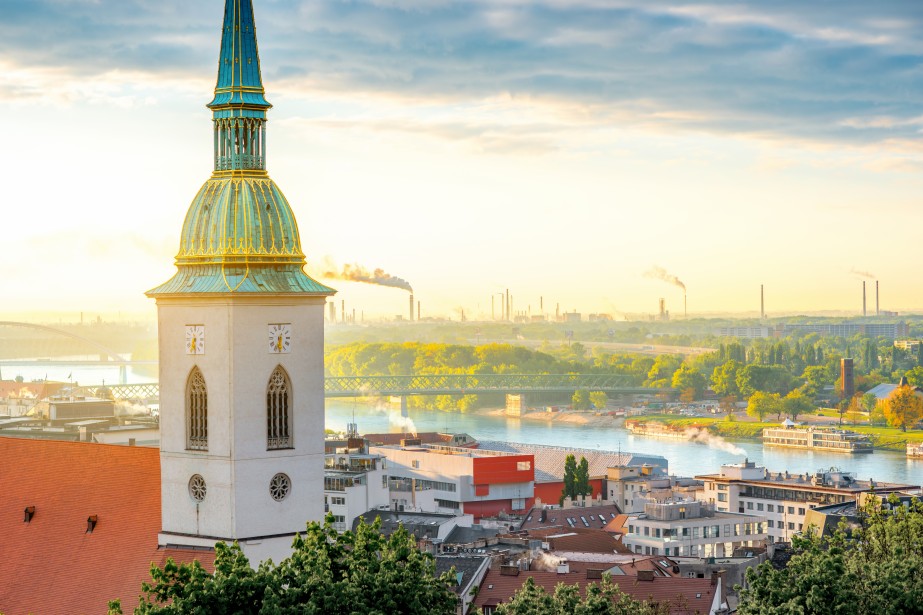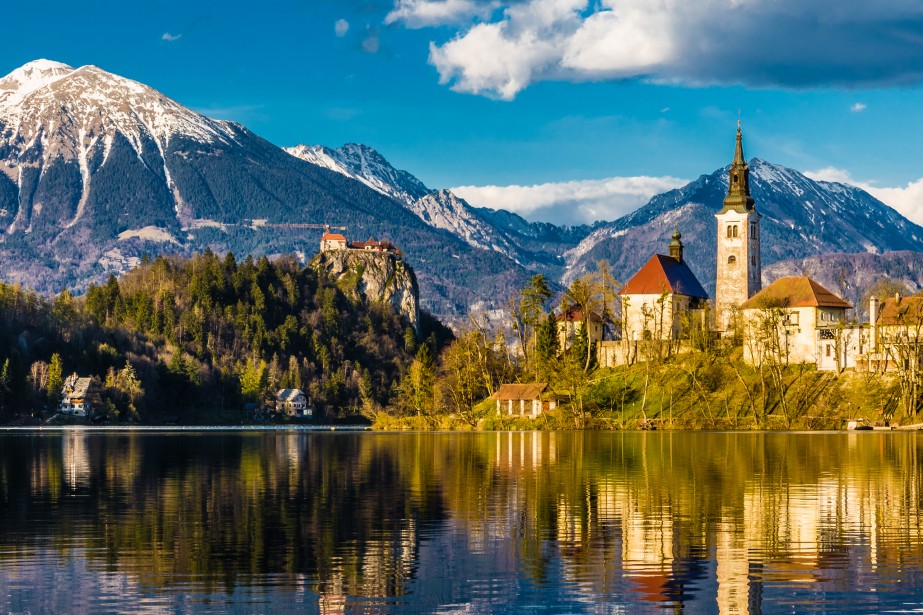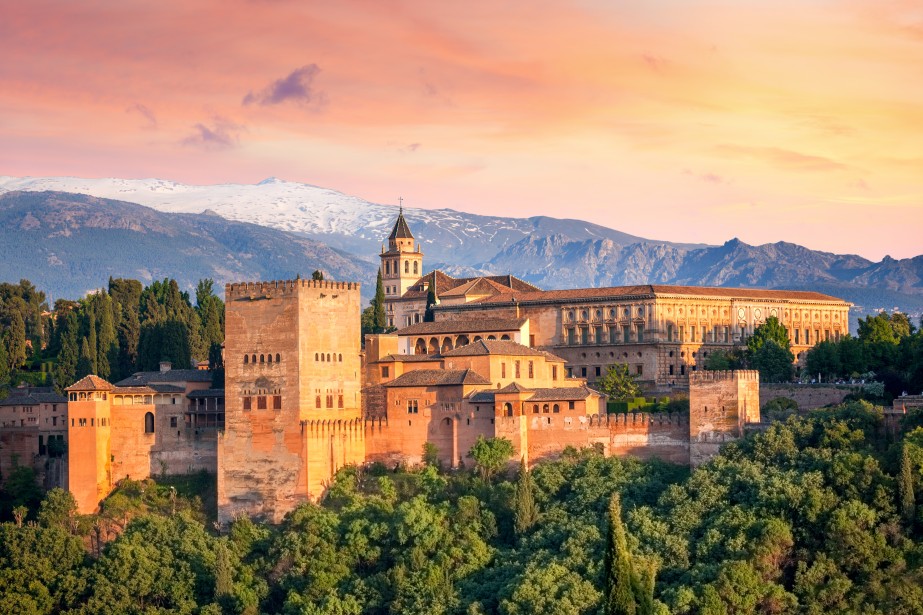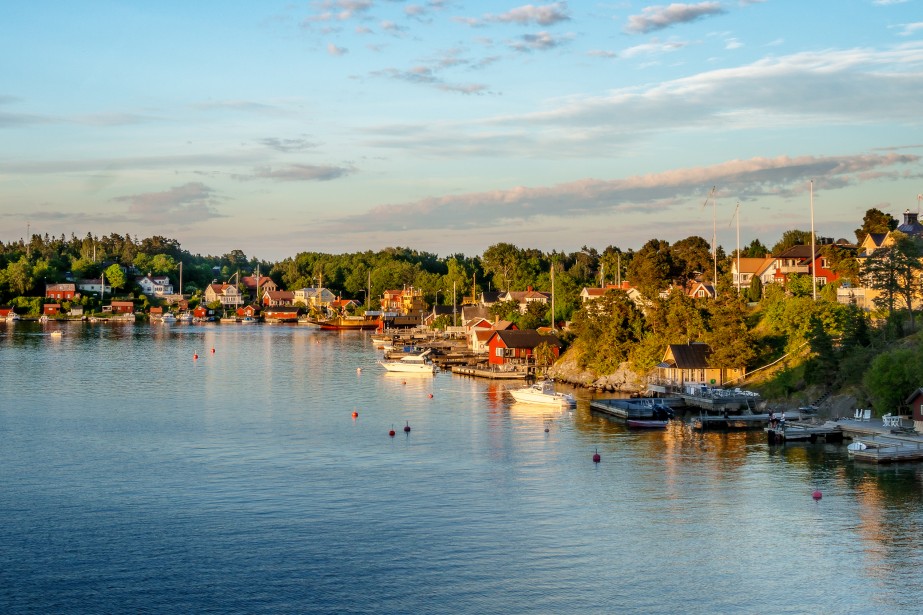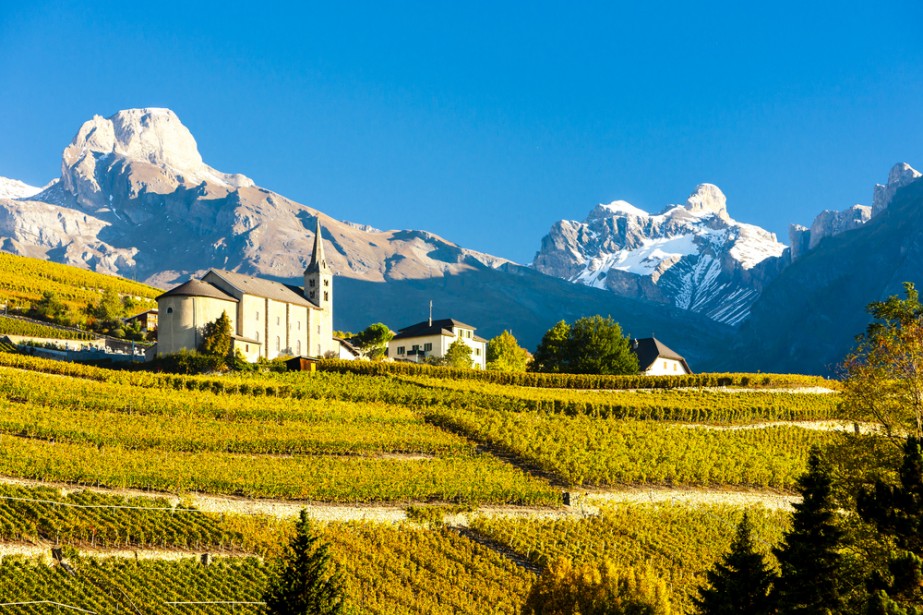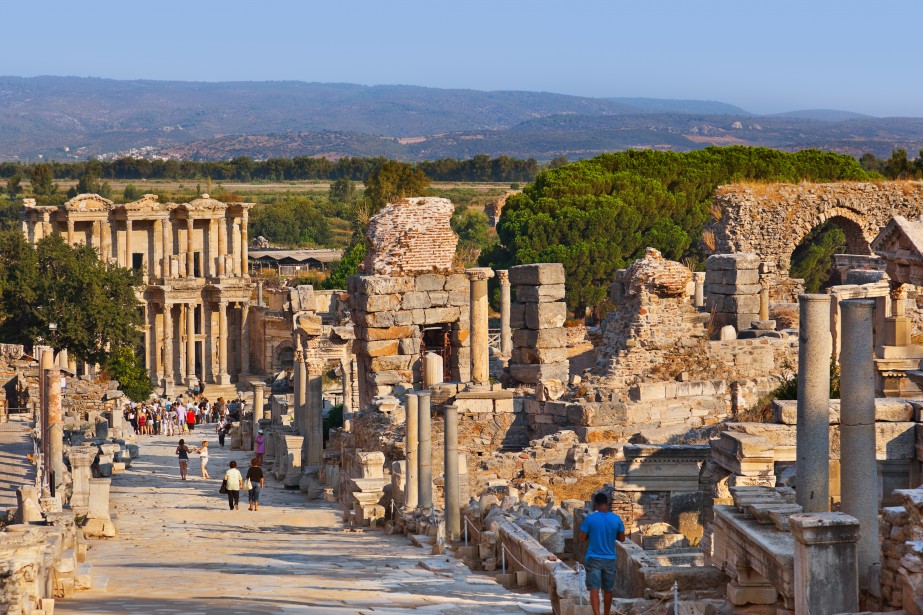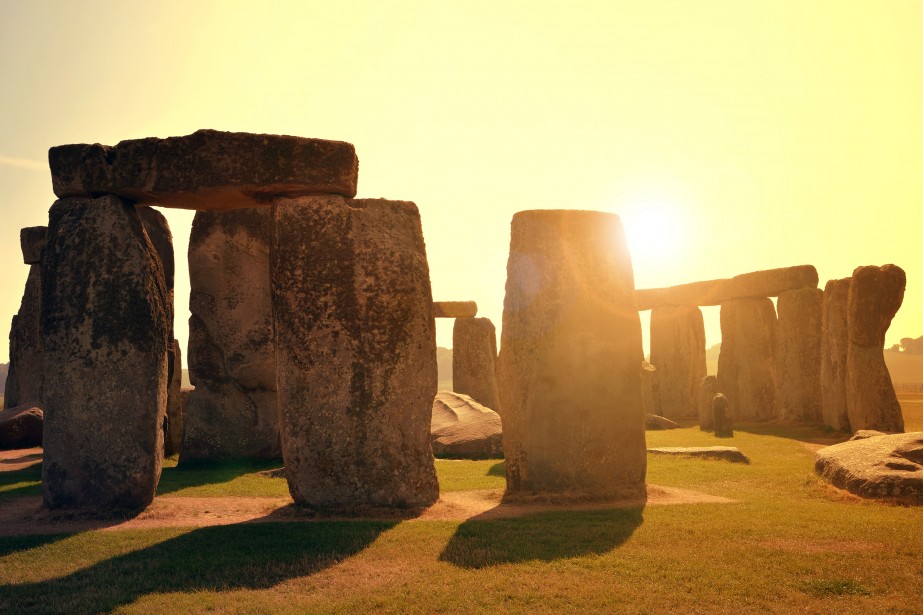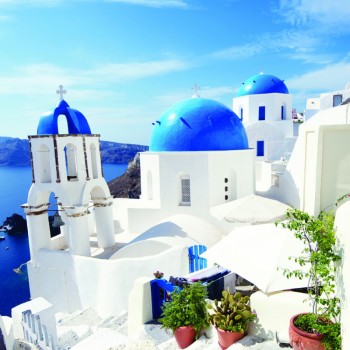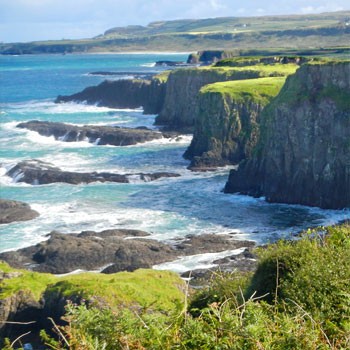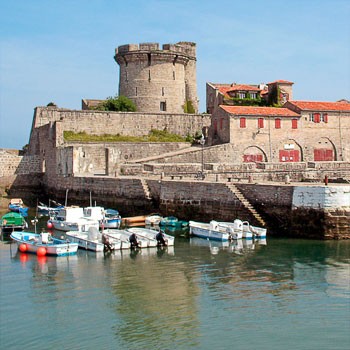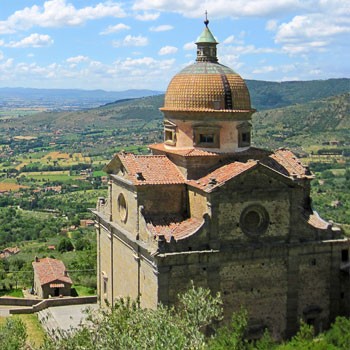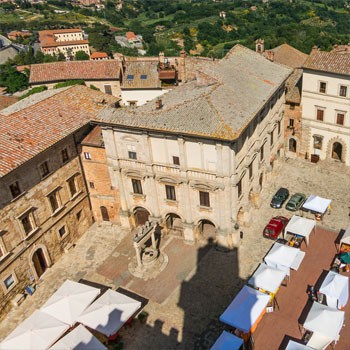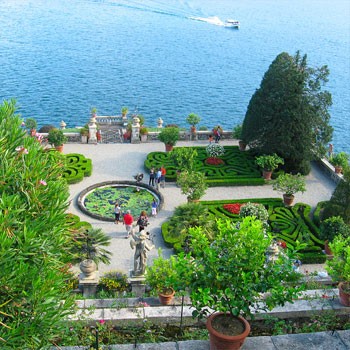Submitted by Pip Strickland on August 24, 2016
Overview
Landlocked by Austria, the Czech Republic, Poland, Ukraine and Hungary, the Central European country of Slovakia is blessed with an abundance of natural beauty. Its spectacular karst landscapes are peppered with caves, while the rugged mountains provide not only magnificent hiking, but are transformed into a skiing wonderland during the winter months.
While the majority of the population are ethnic Slovaks, Hungarians, Roma and Rusyns create a diverse society, centered on the charismatic and architecturally rich capital Bratislava. But Slovakia’s countryside is also overflowing with charm, from the wooden churches of the Carpathians to the medieval mining town of Banská Štiavnica, while the Tatra Mountains provide an idyllic backdrop for outdoor pursuits.
Slovakia may not be the most talked about European tourist destination, but its evocative history and wild landscapes combine to make it one of the continent’s undiscovered secrets.
When to travel - weather
Slovakia’s climate is European continental, with warm and dry summers that contrast with very chilly winters. The summer months of July and August coincide with the peak tourist season when both domestic and international holiday-makers are on their annual break, with the occasional thunderstorm towards the end of the day in the mountainous regions.
Both spring and fall are pleasant times to visit, with relatively clear skies and mild temperatures, not to mention the blooming flowers and changing colors across the countryside. Spring tends to have more rain than summer, while fall can see heavy fog across the mountains. While most of the tourists visiting Slovakia during the winter months head straight to the High Tatras for the ski season, Bratislava can be quite magical under snow, particularly in the lead up to Christmas.
Food and drink
Drawing heavily on influences from its Hungarian and Austrian neighbors, Slovakian cuisine varies from region to region. In general, it is based around pork meat and poultry, together with potatoes, cabbage and dairy products. But game meat such as boar, rabbit and venison is also found on menus as a result of Slovakia’s immense forests and the popularity of hunting within the country.
One of the most common Slovak dishes found on restaurant menus is bryndzové halušky which combines boiled lumps of potato with a soft and salty bryndza cheese, sometimes sprinkled with smoked pork fat. Breaded and fried meat is also very popular, resembling schnitzel across Central Europe, as are krvavnica blood sausages made from various parts of the pig. Soups, known as polievka, normally begin a lunch meal, while kapustnica sauerkraut is a common accompaniment.
While crepes and strudel are both popular sweet treats in Slovakia, look out for rezance, a sweet noodle dish featuring curd cheese, sugar and poppy seeds.
Slovakia is also making a name for its wines, with vineyards across the southeastern regions and along the Danube River. The sweet white dessert wine of tokaj is perhaps the most famed, while the local fruit spirits, including borovička (made with juniper berries), are definitely worth trying.
Popular vacation spots
Bratislava - Dubbed the “Beauty on the Danube”, Slovakia’s capital Bratislava is the social, cultural and political hub of the country, nestled in the foothills of the Little Carpathian Mountains. It’s home to some of the country’s most impressive restaurants and hotels, not to mention an enchanting Old Town overflowing with palaces, churches and museums. Take in the views from the imposing Bratislava Castle, admire the Gothic architecture of St. Martin’s Cathedral, and wander the opulent hallways of the 18th-century Primatial Palace.
Tatras Mountains - Escape into the rugged landscapes of the Tatras Mountains which form the border between Poland and Slovakia. For unforgettable views, you can take a cable car from the resort town of Tatranská Lomnica up to the top of Lomnický štít which lies at 2,634 meters. Go skiing in the resorts of Štrbské Pleso and Starý Smokovec, hike to the peaks of Rysy (2,499 m) or Kriváň (2,495 m), and soak up the ancient architecture in the 15th-century village of Ždiar.
Slovak Paradise National Park - Located in the heart of the country, the Slovak Paradise National Park boasts around 300 kilometers of nature trails to explore, together with around 350 caves. While most visitors come to explore the UNESCO World Heritage-listed Dobšinská Ice Cave, hikes through the Prielom Hornádu river canyon and to the park’s tranquil lakes and waterfalls are all reasons to spend a little longer.
Spiš Castle - Located in the east of Slovakia, the UNESCO World Heritage-listed Spiš Castle is one of Europe’s largest. The Romanesque structure dominates the hilltop above the village of Žehra and was originally designed in the 12th century by the Hungarian Kingdom, before being completely rebuilt in the 15th century. Take in the views from its elevated vantage point and tour the medieval dungeons, living areas and armory that are vivid reminders of its former glory.
Košice - Often admired as Slovakia’s most beautiful city, Košice is the country’s second largest and located in the east along the banks of the Hornád River. It features a beautifully preserved historic town center that includes the Gothic cathedral of St. Elisabeth and was named the European Capital of Culture in 2013 for its outstanding museums and galleries.
Banská Štiavnica - Located in the center of the country on the site of an ancient volcanic caldera, the historic mining town of Banská Štiavnica features some of Slovakia’s best preserved medieval architecture. It has been designated a UNESCO World Heritage Site, not only for its architecture, but also the rich legacy of gold and silver mining which dates to the 16th century. It was here that the world’s first technical school was established, and was visited throughout history by leading engineers and scientists from across Europe.
Bardejov - Located in the Šariš region of northeastern Slovakia, Bardejov is home to an impressive medieval town square which has been inscribed on UNESCO’s World Heritage List. It is surrounded by beautifully preserved Gothic and Renaissance architecture, with the Church of St. Aegidius dominating the cityscape and the early 16th century Town Hall combining both styles. The 14th-century fortified town walls are also of significant cultural value and the most elaborate of their kind in Slovakia.
Demänovská Dolina - The tiny village of Demänovská Dolina in Slovakia’s north is famed for its nearby caves, set within a stunning karst landscape. These include the Demänovská Ice Cave and the Demänovská Cave of Liberty, both of which boast fascinating interior formations and unique wildlife.
Wooden churches of the Slovak Carpathians - These nine Protestant, Catholic and Orthodox churches set within Slovak’s Carpathians have been collectively designated by UNESCO as a World Heritage Site. They were all built between the 16th and 18th centuries using wooden materials (and many without the use of a single nail), resulting in some highly unique architectural styles.
Orava Castle - Considered by many to be Slovakia’s most beautiful castle, the Orava Castle dates to the 13th century and was built within the Kingdom of Hungaria. It is situated between four national parks – Malá Fatra, Veľká Fatra, High Tatras and Low Tatras - in the north of the country and has been used as the setting for countless movies, fairytales and tourism material. It is renowned for its Renaissance and Neo-Gothic architecture which seemingly hugs the rocky cliff on which it is perched.
Piešťany - Located in the western Trnava Region, the spa town of Piešťany is undoubtedly Slovakia’s most famous. Its hot springs and mud are world-renowned for their healing qualities, with travelers coming from across Europe and the world to be treated here. The spa is located on Spa Island, or Kúpeľný Ostrov, set within landscaped parks where fountains and statues stand amidst thermal pools, hotels and health care facilities.
Stužica Primeval Forest - Located along Slovakia’s border with Poland, Stužica is an undisturbed stretch of primeval beech forest which has recently been recognized by UNESCO. Together with areas in Ukraine and Germany, it forms part of the Primeval Beech Forests of the Carpathians and the Ancient Beech Forests of Germany World Heritage Site, recognized for their outstanding ecological value and unique biodiversity.
Practical information
Language
Slovak is the official language in Slovakia and forms part of the Slavic language family. Hungarian and Rusyn are also spoken in the south and northeast respectively, while Czech has been embraced as a second language by many. Although English is not so popular, most people working in the tourism industry, including hotels, tour agencies and some restaurants, speak English well.
Money
Slovakia’s official currency is now the Euro, with banks, travel agencies, hotels and even some department stores providing exchange facilities. ATMs are widespread in larger towns, although it’s wise to withdraw cash before traveling into more remote regions. Credit and debit cards can be used to pay at some hotels, restaurants and shops, but cash is always preferred in smaller premises.
Health and Safety
Crime rates are very low in Slovakia, with only minor incidents such as pickpocketing occurring in the larger cities. Carrying ID is required under Slovakian law, and all travelers should at least carry a copy of their passport to present to authorities on request.
The level of doctors and hospitals is generally good throughout Slovakia, although not all staff will speak English. Those with a European Health Insurance Card are entitled to free health care while traveling in Slovakia, but travel insurance is still highly advised, particularly if you don’t want to be treated through the public system.


